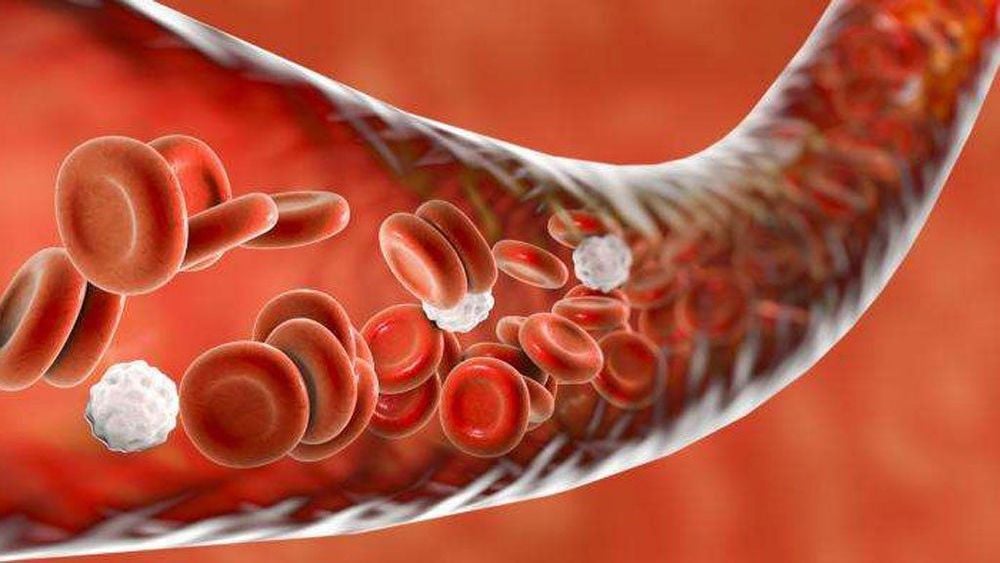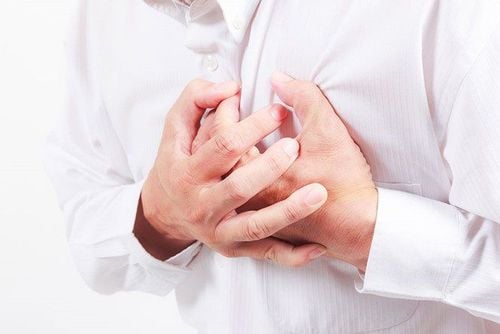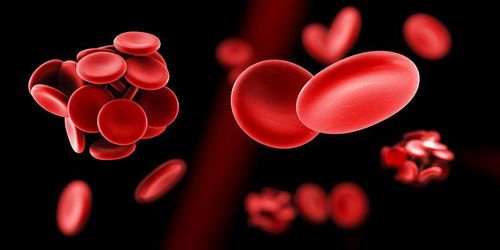This is an automatically translated article.
The article was consulted with Master, Doctor Tran Hong Nhat - Interventional Cardiologist - Cardiovascular Center - Vinmec Central Park International General Hospital.Normal blood clotting is important because it helps the wound stop bleeding and start the healing process. However, in some cases, blood clotting can be disrupted. This condition is called a blood clotting disorder. Causes may be due to disorders of clotting factors, disorders of platelets or blood vessel walls.
1. The process of hemostasis
Hemostasis is a physiological, multi-reaction process that occurs after a vascular injury. The result is a hemostatic plug at the damaged blood vessel, preventing blood loss outside the vessel, healing the wound and returning circulation to the blood vessel.Participating in the hemostasis process includes the following basic components:
Blood vessel walls. Platelet . Blood clotting factors in plasma

2. Blood clotting disorder
A dysfunction of the body in the formation of blood clots. Leads to:Decreased blood clotting leading to abnormal bleeding (hemorrhage). Increased blood clotting leads to the formation of blood clots (thrombosis). Blood clotting disorders can be inherited or acquired. Inherited clotting disorders include diseases such as: Hemophilia A (factor VIII deficiency), Hemophilia B (factor IX deficiency), Hemophilia C (factor XI deficiency), Von Willebrand disease (Von Willebrand factor deficiency). Acquired coagulation disorders include diseases such as vitamin K deficiency, disseminated intravascular coagulation, liver disease, drug-induced...
3. Vascular bleeding disorder
Vascular bleeding disorder is a rare disease that results from defects in the blood vessel wall, often causing petechiae, purpura, bruising, and profuse bleeding. With the exception of hereditary hemorrhagic vasodilatation, it rarely leads to severe blood loss.Causes of vascular bleeding disorders include:
Deficiency of collagen in the vascular wall and around the vessel wall in Ehlers-Danlos syndrome. Hemorrhagic vasodilatation: Very large dilated capillaries can be seen in the skin, mucous membranes of the mouth, nose, gastrointestinal tract, and respiratory tract. Other rare hereditary connective tissue disorders such as pseudoelastomeric neoplasms, osteogenesis imperfecta, Marfan syndrome. Scurvy: A lack of vitamin C leads to weak blood vessel walls and blood seeping into surrounding tissues. IgA vasculitis: Also known as Schonlein Henoch purpura, it usually affects small blood vessels. IgA vasculitis is common in children with manifestations including hemorrhagic papules, arthralgia, gastrointestinal symptoms, and glomerulonephritis. Hypersensitivity vasculitis in children. Drugs: Use of cortisone, prednisolone, and other glucocorticoids has been associated with increased capillary fragility and purpura formation in the skin and mucous membranes. In vascular bleeding disorders, coagulation tests are usually normal. Therefore, the diagnosis is mainly clinical; In some cases, specific tests may be required.
Please dial HOTLINE for more information or register for an appointment HERE. Download MyVinmec app to make appointments faster and to manage your bookings easily.
Reference source: britannica.com













